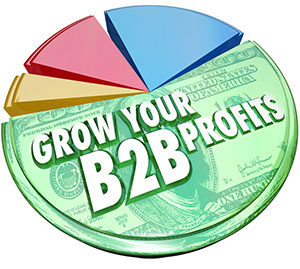HERNDON, Va.–(BUSINESS WIRE)–Today, NACHA —The Electronic Payments Association®, the trustee and rule maker of the ACH Network, announced the launch of Phase 1 of Same Day ACH. Same Day ACH is a new faster payments option that reaches all bank accounts and will enable businesses and consumers to send and receive payments and payment-related information on the same day through the ACH Network.
The launch of Same Day ACH marks a significant milestone in the journey towards faster payments in the U.S.
Phase 1 of Same Day ACH allows for the sending and receiving of virtually any ACH credit transaction, enabling a variety of transactions such as urgent claim payments from an insurance company to a consumer or same-day payroll payments from an employer to an hourly or contract employee.
“The launch of Same Day ACH marks a significant milestone in the journey towards faster payments in the U.S.,” said Janet O. Estep, president and CEO of NACHA. “While other payments initiatives have been developed to support the demand for faster payments in the U.S., Same Day ACH provides absolute certainty that your payment can get to absolutely anyone else with a bank account on the same day, regardless of which bank or credit union they use, bringing value to all users of the ACH Network.”
Beginning today, all financial institutions will be able to receive same-day transactions. Although sending same-day transactions by financial institutions and their customers is optional, it is expected that many will begin enabling the origination of same-day payments today. According to research conducted by NACHA, 95 percent of the nation’s top financial institutions intend to originate Same Day ACH in 2016. The top reasons cited for how Same Day ACH will be used by financial institutions beginning today include payroll and business-to-business payments.
“Same Day ACH is an innovative and immediate solution to support the demands of those consumers and businesses that want to move their money faster,” said Estep. “Not only does it support the industry’s near-term needs, but it also serves as a building block for the future of faster payments. Upon the Same Day ACH foundation, other products and services can be built to continue to meet the evolving needs of consumers and businesses into the future.”
Phase 2 of Same Day ACH will launch on Sept. 15, 2017. Phase 2 will introduce the faster processing and settlement of debit transactions, in addition to credit transactions. This Phase will support additional use cases such as consumer bill payment for utility, insurance, telecom, mortgage, loan and credit card payments.
For more information about Same Day ACH and how to implement and leverage this opportunity, visit NACHA’s Same Day ACH Resource Center at https://resourcecenter.nacha.org/.
About NACHA—The Electronic Payments Association
Since 1974, NACHA – The Electronic Payments Association has served as trustee of the ACH Network, managing the development, administration and rules for the payment network that universally connects all 12,000 financial institutions in the U.S. by moving money and information directly from one bank account to another. Financial institutions exchange 24 billion ACH payments valued at $41 trillion annually. Through its collaborative, self-governing model, education, and inclusive engagement of ACH Network participants, NACHA facilitates the expansion and diversification of electronic payments, supporting Direct Deposit and Direct Payment via ACH transactions, including ACH credit and debit payments, recurring and one-time payments; government, consumer and business transactions; international payments, and payments plus payment-related information. Through NACHA’s expertise and leadership, the ACH Network is now one of the largest, safest, and most reliable systems in the world, creating value and enabling innovation for all participants. Visit nacha.org for more information.

